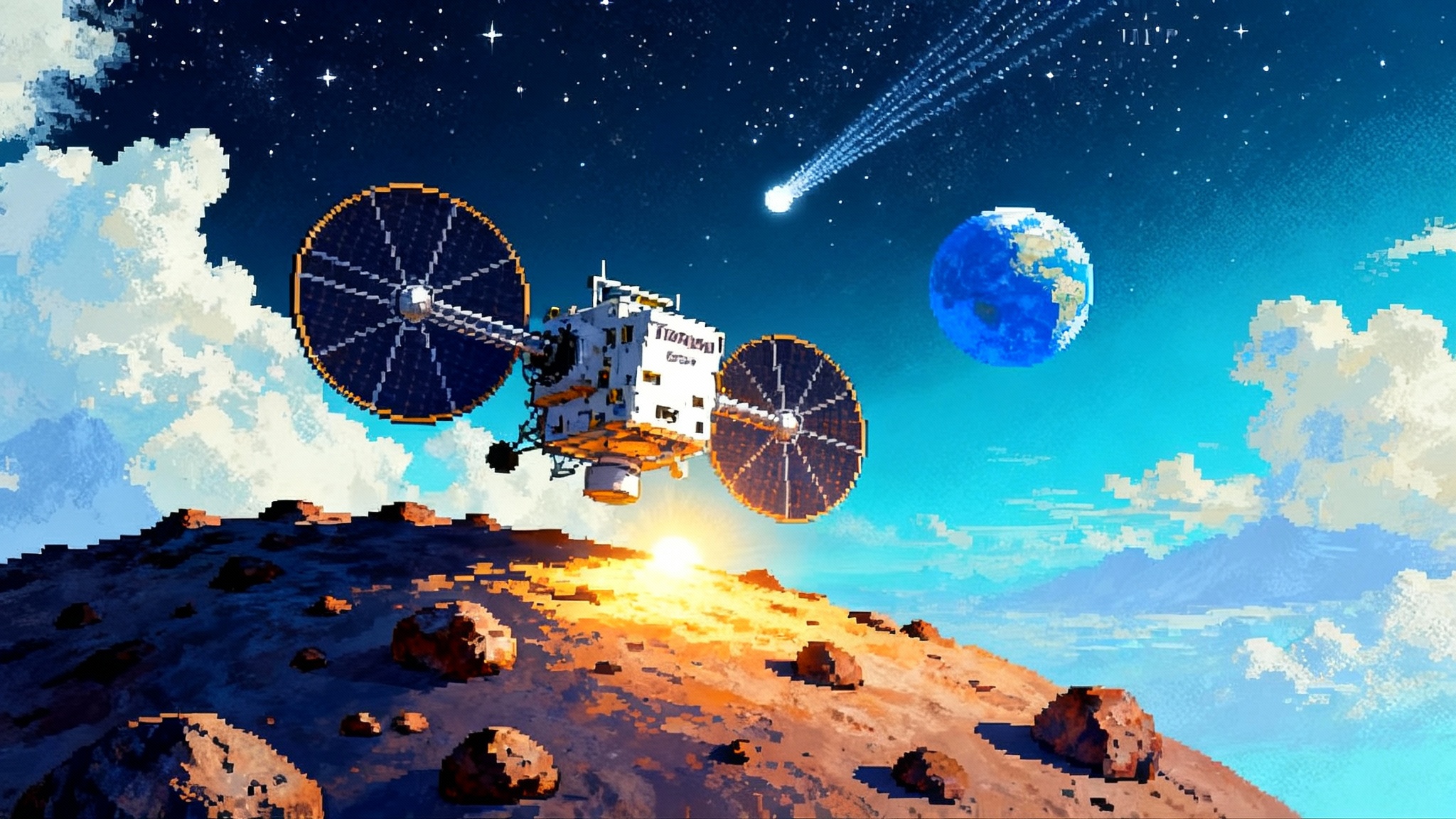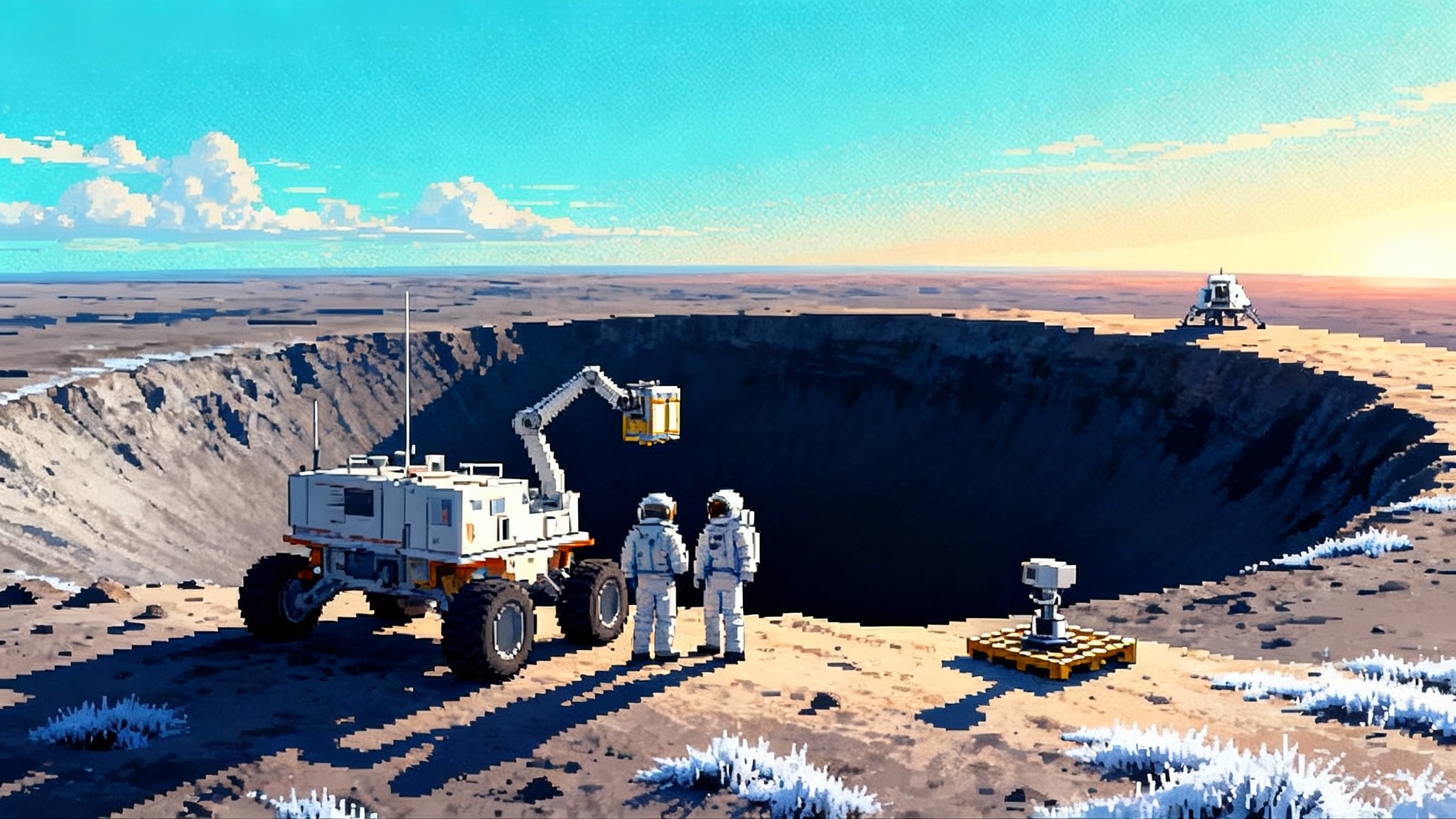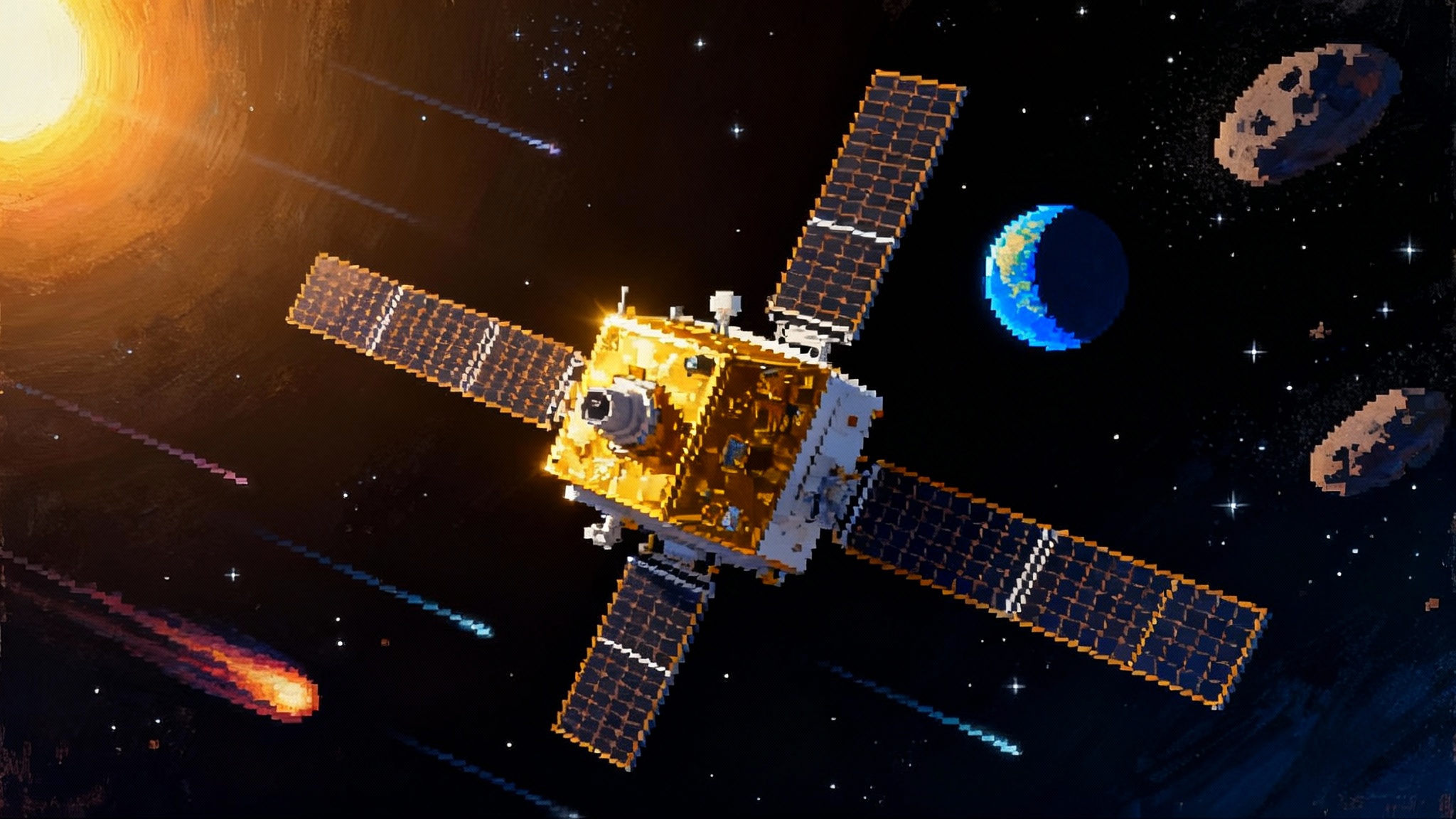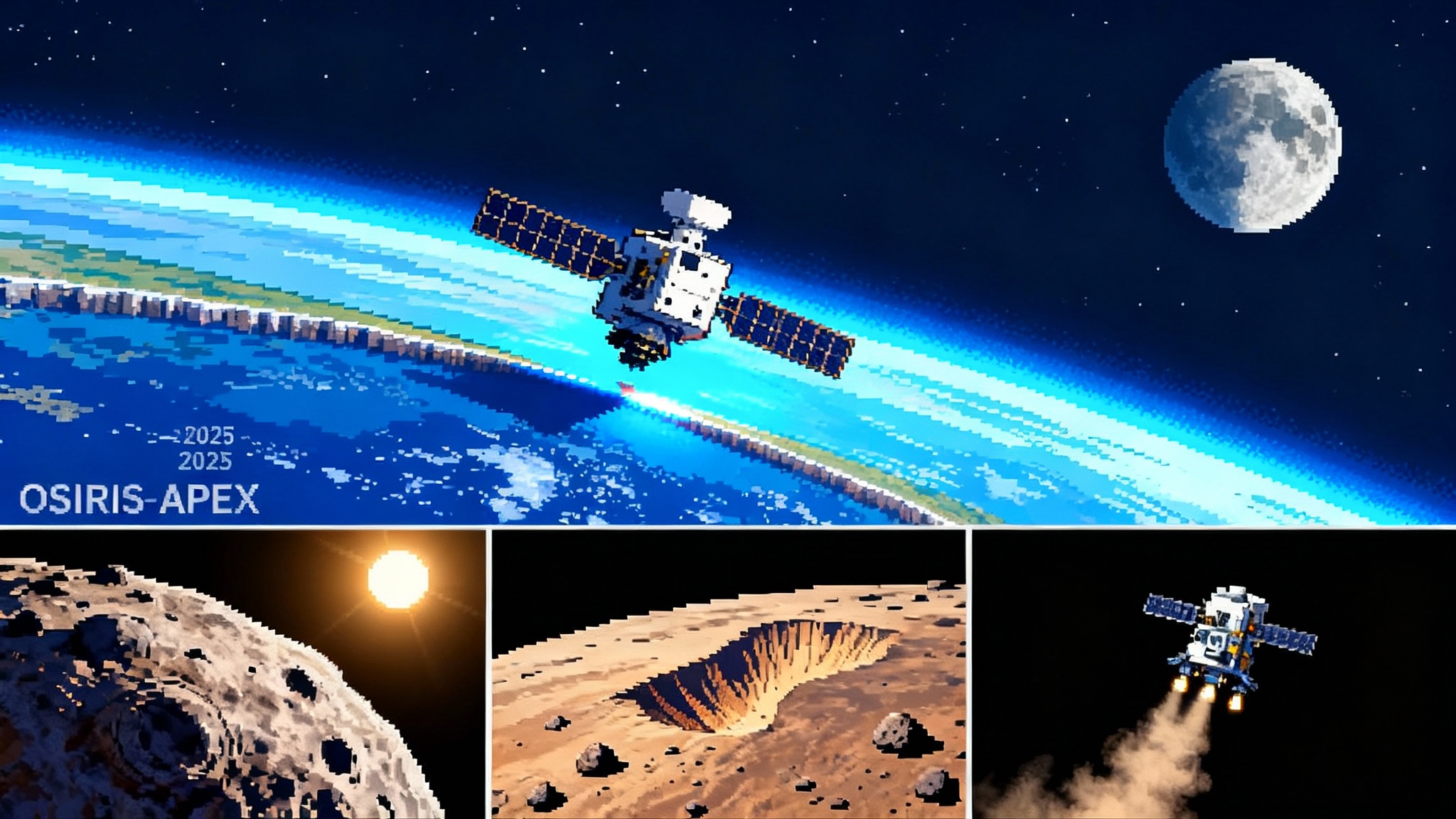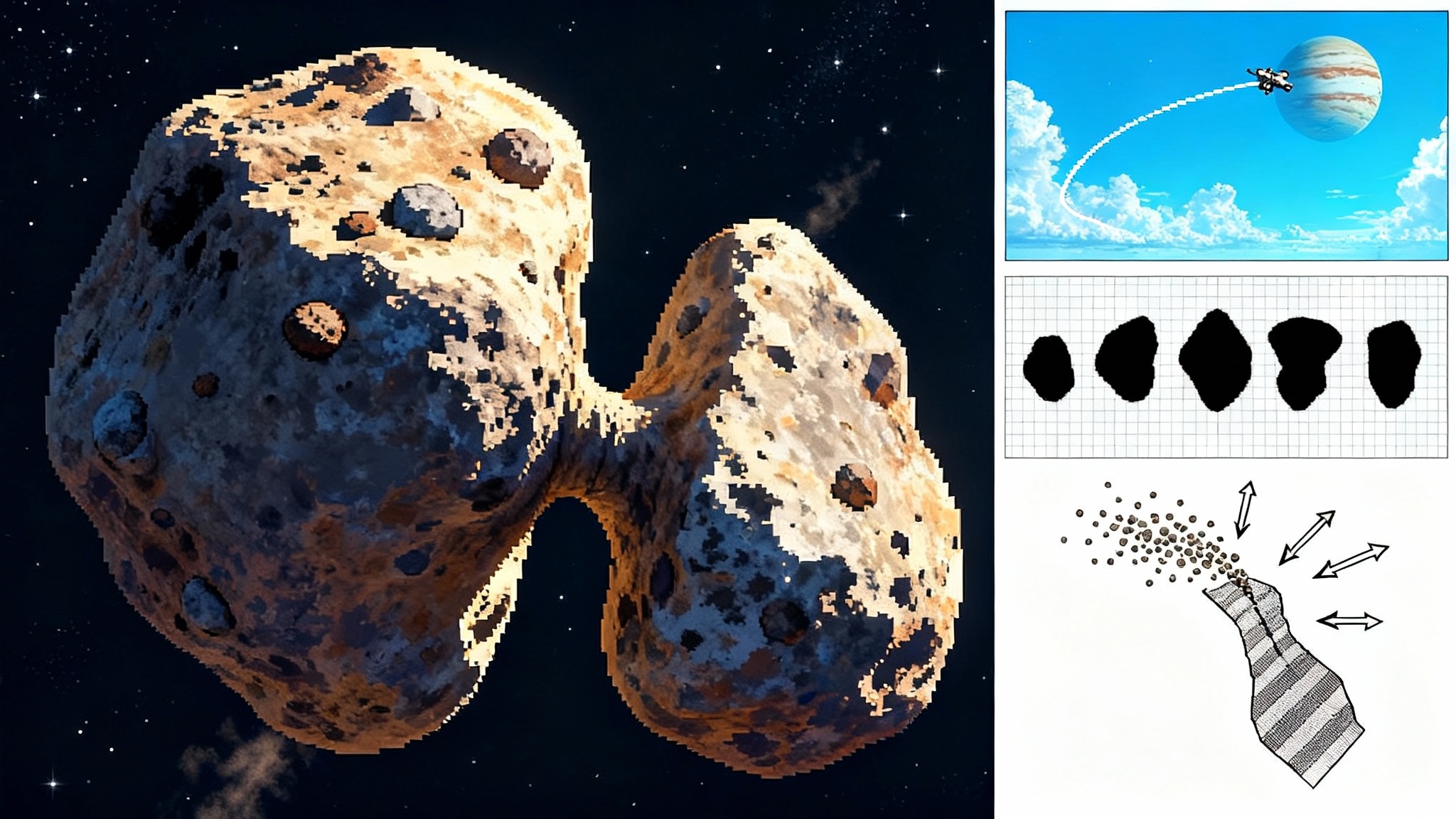Starship Flight 11: the pivot from spectacle to operations
On October 13, 2025, SpaceX plans the eleventh Starship test with objectives that trade viral moments for repeatable procedures. Here is what is new, why it matters for rapid reuse, and what to watch on launch day.
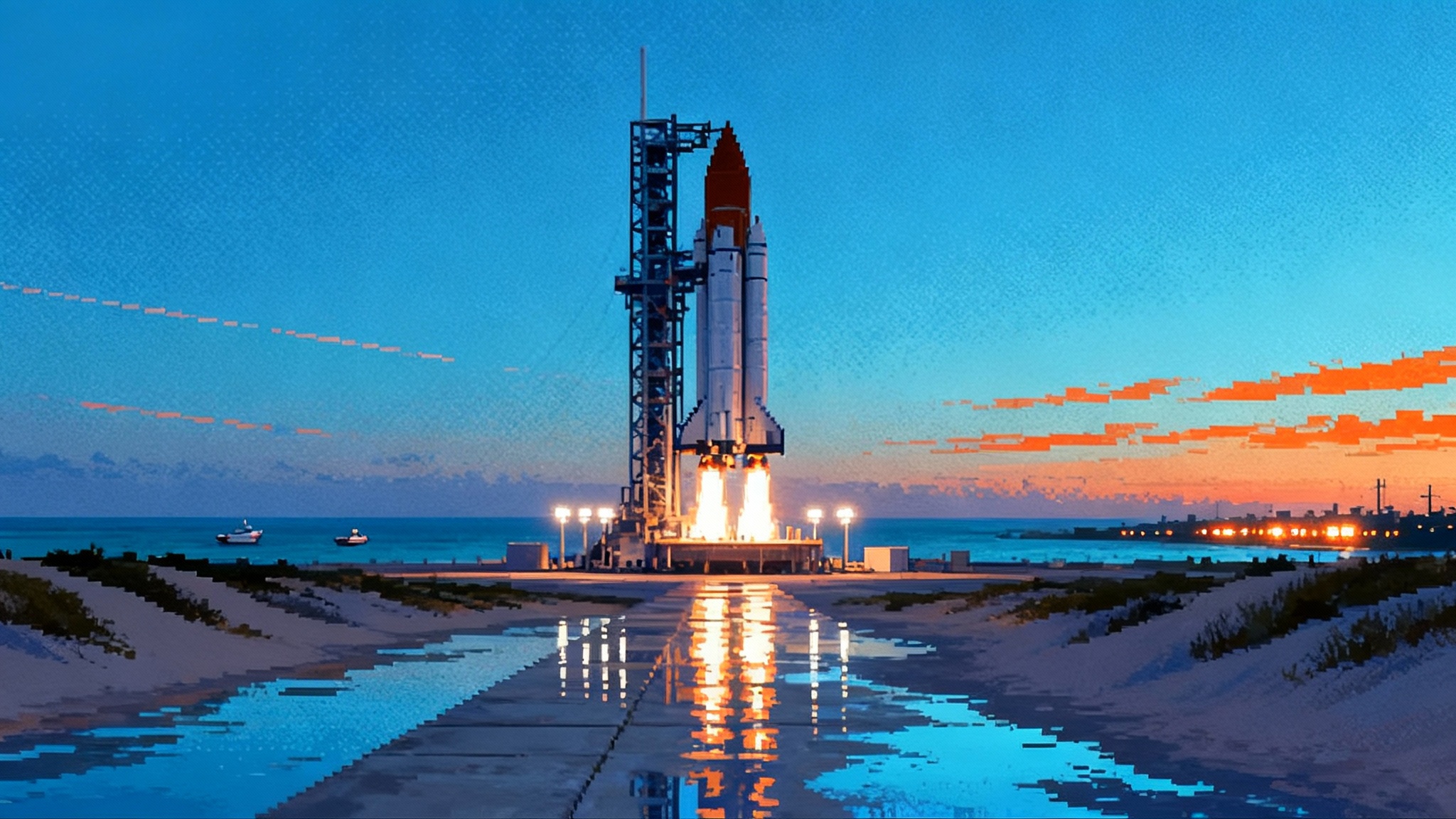
The night Starship stops performing and starts working
On Monday, October 13, 2025, SpaceX is targeting a one-hour evening window to fly the eleventh integrated test of Starship from Starbase on the Texas coast. The schedule and window appear on public calendars, including the SpacePolicyOnline event listing, which pegs the opening at 7:15 p.m. Eastern Time and notes SpaceX’s usual webcast about 30 minutes before liftoff.
Flight 11 is designed to feel different. It is planned as the final outing for the second major hardware iteration many observers shorthand as Block 2, and it will test procedures and hardware that SpaceX wants to standardize across a higher-volume Block 3 line. Think of it as the dress rehearsal where the cast stops improvising and starts hitting marks on a taped stage.
What is new on Flight 11
Four objectives, each with an operational flavor, give this flight its character:
-
Revised landing-burn profile for Super Heavy. Rather than a single late reignition, the booster will practice a multi-phase burn that starts with more thrust than needed to give margin and then transitions to a tighter, fuel-sipping configuration. The exact choreography is the difference between a booster that merely survives splashdown and one that can meet a launch tower on later flights.
-
In-space relight of a Raptor on Starship. Lighting a methane oxygen engine outside the atmosphere is not simply a replay of ascent. Propellant behavior changes in microgravity, thermal conditions drift, and the engine needs a stable, bubble-free feed. A clean relight is a core building block for everything from orbital plane changes to rendezvous for refueling.
-
Heat-shield upgrades on Starship. Small changes in tile mounting, edge seals, and local thickness aim to reduce tile loss and spread heat more evenly across the belly and flaps. The goal is not a one-off hero reentry but the ability to do this again soon with minimal repair.
-
Deployment of multiple Starlink mass simulators. These are dummy payloads similar in form factor and mass to future satellites that can be ejected in a controlled sequence. Their job is to wring out hardware and software for high-rate deployments without risking an operational constellation.
None of those headlines makes for a spectacular highlight reel. All of them are about shaving risk and run time from the flow between flights.
Why the landing burn matters more than the splash
A landing burn is the rocket equivalent of a pilot’s flare and touchdown. What SpaceX is trialing on Flight 11 is a burn profile that starts with a large set of engines lit to arrest hypersonic descent, then throttles and down-selects to fewer engines for the final seconds. A good mental model is a strong squeeze on bicycle brakes to scrub speed, followed by a feather-light modulation to avoid a skid. The first phase buys time and control authority. The second phase targets precision without wasting propellant.
If that sequence can be repeated with consistent timing and chamber pressures, it unlocks the next big step: returning the booster to the launch tower for a mechanical capture by the steel chopstick arms. A catch is only safe if the booster’s vertical speed and lateral offset are both inside very tight boxes at the moment it enters the arms. The new burn profile is built to put the vehicle inside those boxes early and keep it there.
Even though Flight 11 still targets an offshore splashdown, the point is to treat the sea as a soft boundary while flying a return that looks like a catch profile. If the numbers close on fuel margin, guidance dispersion, and engine reliability, a true on-pad catch becomes a reasonable test on a near-term flight.
The quiet difficulty of lighting an engine in space
Relighting a Raptor in space is not the same as lighting on the pad. On Earth, gravity helps propellants settle at the bottom of tanks. In microgravity, fluids drift and can form sloshing films or bubbles that starve the turbopumps. Starship uses a combination of ullage thrusters, tank pressurization, and internal baffles to coax liquid methane and liquid oxygen to the outlets. Thermal management matters too, because cryogenic propellants can warm and flash into gas that disrupts pumps.
Why does this matter? A reliable in-space relight is the gateway to two capabilities that Starship needs to justify its size. First, it enables flexible deployment strategies and more accurate injection orbits for payloads. Second, it is essential for rendezvous and docking maneuvers needed for orbital refueling. Without a reliable relight, you are locked into ballistic arcs with limited ability to adjust.
The Flight 11 relight is expected to be short and bounded by plenty of margin. SpaceX is looking for clean ignition, stable thrust, and good telemetry on propellant behavior. Those are the ingredients of an operations checklist rather than a demo stunt.
How heat-shield tweaks reduce turnaround time
Thermal protection is the source of many late nights in rocket factories. Ceramic tiles protect most of Starship’s windward side, but the problem is not just surviving reentry once. The problem is surviving it in a way that leaves the vehicle ready to fly again with a weekend’s worth of work, not a month of retiling.
The most important fixes are not glamorous. Engineers are refining tile fasteners and backing structures to reduce chipping, adjusting the stiffness of substructures under high heat, and improving seal materials at the edges and around penetrations. Think of it as weatherproofing a house. You do not need a new roof every season if you stop the leaks around chimneys and vents. Flight 11 will tell SpaceX whether these small changes add up to fewer missing tiles and fewer hot spots that require depot repairs.
Why mass simulators matter for Starlink today and everything else tomorrow
SpaceX needs Starship to improve the unit economics of Starlink, the company’s satellite internet service. Falcon 9 can lift dozens of satellites, but Starship promises much larger batches and larger satellite variants. Practicing high-rate deployments with mass simulators lets the team verify that doors, actuators, and avionics work together at tempo. It also gives engineers a way to study plume impingement and separation dynamics in the exact geometry Starship will use later.
The big picture is that standardized deployment is a core move toward making Starship an operational bus. When the sequence is boring, the business case improves.
From Block 2 to Block 3, what changes and why it matters
SpaceX rarely freezes a design. The company iterates hardware the way software teams iterate builds. Block 2 vehicles consolidated a year of lessons on engines, tanks, flaps, hot staging, and avionics. Block 3 is expected to push on manufacturability and fast reuse. In practical terms that likely means engines built for more cycles between inspections, protective coatings and seals that assume many heat cycles, and structural parts optimized for high-rate production rather than one-off tests.
The operational goal is not ultimate performance on a single flight. It is a fleet that returns to the pad quickly, needs less hands-on touch labor, and generates a cadence that is compatible with an internet constellation and multiple government missions. With Flight 11, SpaceX is testing the workflows that will be baked into that next block.
The path to catching a booster on the pad
A tower catch is not a meme. It is a logistics play. Recovering a booster to the tower avoids sea to shore recovery and refurbishment steps, and it offers a chance to perform a very fast turnaround on the same pad. The risks are obvious, which is why SpaceX has methodically moved from splashdowns to splashdowns that mimic on-pad geometry, then to partial dynamic tests of the arms, and soon toward a fully integrated catch.
You can picture the catch geometry as two moving parts that need to meet inside a narrow corridor: the booster’s trajectory and the arms’ capture box. The new landing-burn profile, flown over water, helps prove the guidance can hold that corridor. Telemetry from Flight 11 will show whether engine transients, crosswinds, or residual roll threaten the capture margins. If the data look clean, a catch attempt can be scheduled on a later flight with confidence rather than bravado.
The refueling thread that runs through all of this
Starship’s pitch to NASA for a lunar lander depends on in-orbit refueling, with a propellant storage Starship filled by tanker Starships before the human-rated lander tops off and heads for the Moon. NASA’s description of SpaceX’s approach highlights why reliable relights, precise orbital maneuvers, and thermal management of cryogenic propellants are non-negotiable. See NASA’s overview of Starship’s refueling architecture.
Flight 11 does not perform a ship-to-ship transfer, but it is built to retire parts of that risk. The in-space relight helps validate propellant settling and ignition logic. The heat-shield updates are a step toward vehicles that can fly, rendezvous, reenter, and fly again without a deep overhaul. The mass simulator deployment exercises the kind of door operations, avionics, and fault responses that a refueling mission will also rely on. For background on the surface campaign that depends on this pipeline, see how mobility unlocks the south pole in The Rover That Unlocks Artemis at the Lunar South Pole.
If you zoom out, refueling is the keystone for cost. Without it, Starship is an oversized rocket that can only throw payloads on expendable trajectories. With it, the same hardware can stage to lunar orbit, deliver heavy cargo, and return, all while keeping fixed costs amortized over many flights. Flight 11 is a rehearsal for that future, because it tests the operational confidence needed to try a complex in-orbit demonstration.
What to watch on launch day
If you are following along, there are five moments that will tell you whether Flight 11 did its job:
- Liftoff and ascent through maximum dynamic pressure. Watch for how smooth the throttle settings look and how quickly the guidance settles after hot staging. A clean separation sets up everything else.
- The booster’s early boostback and the start of its landing burn. The timeline and engine count matter. Expect a robust initial lighting, then a planned transition to a smaller engine set. The key is a stable thrust-to-weight ratio and steady attitude.
- Upper stage engine cutoff and coast. Pay attention to any mention of propellant conditioning ahead of the relight. Small thruster pulses to settle propellants tell you how the guidance loop is working.
- The in-space Raptor relight. This is the heart of the mission. A quick, clean ignition with nominal pressures shows the engine and feed system are ready for future rendezvous. Any oscillations or aborted starts would point to work still needed on propellant management.
- Reentry and splashdown of the ship. Tile retention and thermal margins will be inferred from how much of the plasma phase the cameras can see and what telemetry SpaceX shares afterward. A quiet debrief about tiles and flaps, ideally with few or no repairs required, would be a bigger win than dramatic footage.
How this flight reduces risk for rapid reuse
Reusable hardware saves money only when people and parts time are minimized between flights. Each Flight 11 objective targets a hidden cost driver:
- The landing-burn profile trims fuel margins and sharpens targeting, which reduces sea recovery exposure and shortens the path to on-pad catch. On-pad catch, once proven, removes barge operations and much of the saltwater corrosion that lengthens refurbishment.
- The in-space relight validates propellant handling and engine start criteria for maneuvering and rendezvous. This is a gate for refueling, but it also lets Starship adjust orbits without burning extra propellant during ascent, which expands payload options.
- Heat-shield improvements turn crisis repairs into touch-ups. A vehicle that returns with intact tiles can be cleaned, inspected, and rolled for stacking days sooner.
- Mass simulator deployment proves doors, actuators, and software timing at rate. Fewer surprises in deployment mean less testing overhead for each payload campaign later.
For a broader look at how astronomy and spaceflight are shifting to real-time operations, see Rubin’s first images to first alerts: the real-time sky begins. And for context on how other lunar missions are shaping expectations, revisit IM‑2’s tipped landing proved lunar prospecting is here.
The competitive and programmatic implications
If Flight 11 hits its marks, it will accelerate pressure across several fronts. For SpaceX internally, it sets the table for Block 3 vehicles that can be processed like airliners rather than prototypes. For customers, it signals that very large payloads and complex missions do not need bespoke integration. For the national program, it brings the proposed lunar architecture within reach of real-world schedules by proving that multiple flights and complex operations can be chained without months of downtime.
SpaceX is not alone in aiming for heavy lift and lunar missions. Blue Origin’s Blue Moon lander and United Launch Alliance’s Vulcan Centaur will both compete for missions and mindshare. What Starship offers, if it becomes reliable, is not just lift but the logistics backbone for a campaign of many missions that build on each other.
The moment operations eclipse spectacle
The most important outcome on October 13 might be a quiet mission control room. When controllers speak in checklists rather than cheers, it means the system is becoming knowable. This is the inflection point. A new landing burn profile that behaves as predicted, a no-drama in-space relight, fewer missing tiles, and a clean deployment sequence are not the stuff of a viral clip. They are the building blocks of a transportation system.
The spectacle made Starship famous. The operations will make it useful. Flight 11 is where that pivot becomes visible, and if the data line up, it will be remembered not for a single jaw-dropping moment, but for the day a super heavy system started acting like a practical tool that can be planned, scheduled, and trusted.
